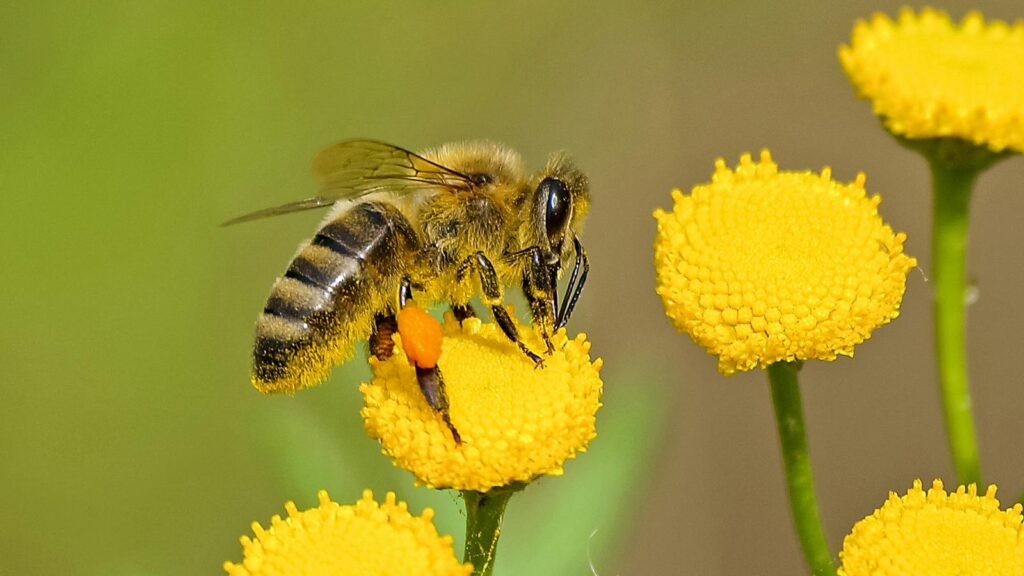
When we think of pollinators, honeybees typically buzz to mind first – their black and yellow bodies flitting from flower to flower, collecting nectar and inadvertently transferring pollen in the process. However, the world of pollination extends far beyond these familiar insects. An extraordinarily diverse cast of creatures contributes to this vital ecological process that sustains approximately 80% of the world’s flowering plants and 35% of global crop production. From tiny beetles to soaring bats, nature has developed numerous pollination partnerships over millions of years of evolution. Understanding these lesser-known pollinators not only enriches our appreciation of biodiversity but also highlights the importance of protecting all creatures involved in sustaining our food systems and natural landscapes.
The Essential Role of Pollination
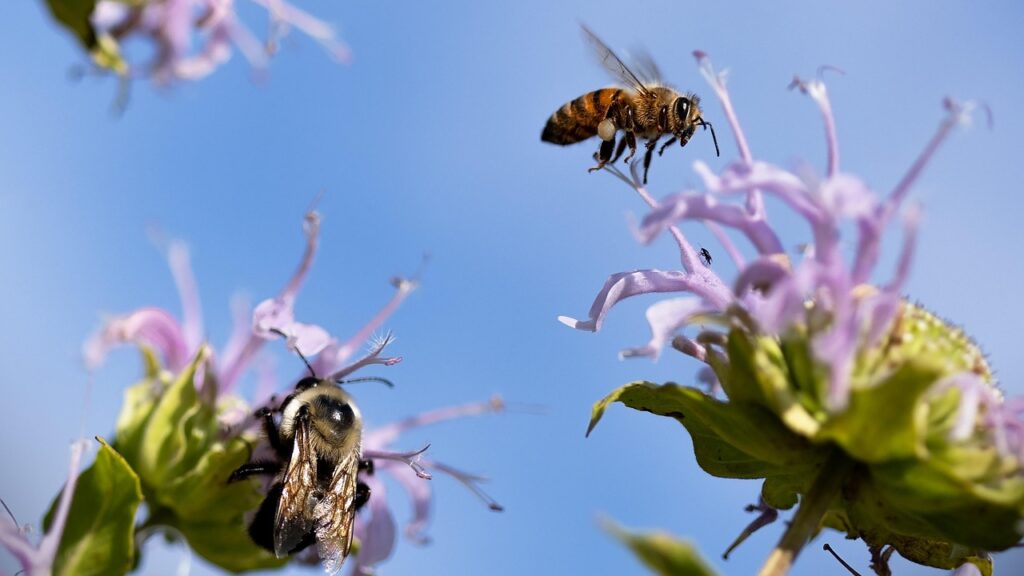
Pollination is a fundamental ecological process that enables plant reproduction by transferring pollen from male flower parts to female flower parts. This seemingly simple act drives genetic diversity in plant populations, enhances crop yields, and maintains healthy ecosystems worldwide. Without pollinators, many plants would fail to reproduce, dramatically altering landscapes and threatening food security for countless species, including humans. According to research from the Intergovernmental Science-Policy Platform on Biodiversity and Ecosystem Services, more than 75% of the world’s food crops depend at least partly on animal pollination, representing an annual market value of $235-577 billion globally. Beyond agriculture, pollinators sustain wild plant communities that provide habitat, prevent erosion, and sequester carbon, making them true ecological keystones.
Butterflies: The Elegant Long-Distance Travelers

With their vibrant wings and graceful flight, butterflies rank among the most aesthetically pleasing pollinators on Earth. Unlike bees that actively collect pollen in specialized structures, butterflies typically pick up pollen incidentally on their legs and bodies while feeding on nectar through their long, straw-like proboscis. Their preference for brightly colored, fragrant flowers with landing platforms makes them important pollinators for certain plant species, particularly those with deep tubular blooms. The monarch butterfly exemplifies the remarkable migratory capabilities of these insects, traveling up to 3,000 miles between Canada and Mexico, pollinating countless plants along its journey. Butterfly populations face serious threats from habitat loss, pesticide use, and climate change, with many species experiencing concerning declines in recent decades.
Moths: The Night Shift Pollinators
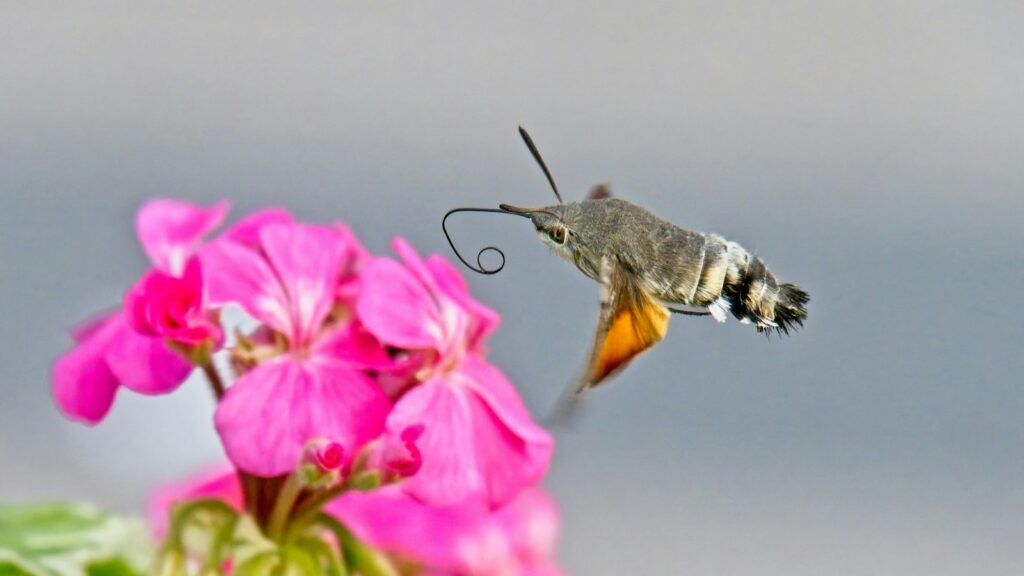
While butterflies work the daylight hours, their nocturnal cousins – moths – take over pollination duties after dark. Many flowering plants have specifically evolved to attract these nighttime visitors, producing white or pale-colored blooms that reflect moonlight and emitting stronger fragrances after sunset. Some moth species, particularly hawk moths (Sphingidae), possess extraordinarily long proboscises that allow them to access nectar from deep-throated flowers that other pollinators cannot reach. The yucca moth represents one of nature’s most specialized pollination relationships, deliberately collecting and depositing pollen between yucca plants while laying eggs inside the flowers – neither species can survive without the other. Scientists estimate that moths may actually outnumber butterflies as pollinators, with over 160,000 described species worldwide contributing to plant reproduction.
Beetles: The Primitive Pioneers
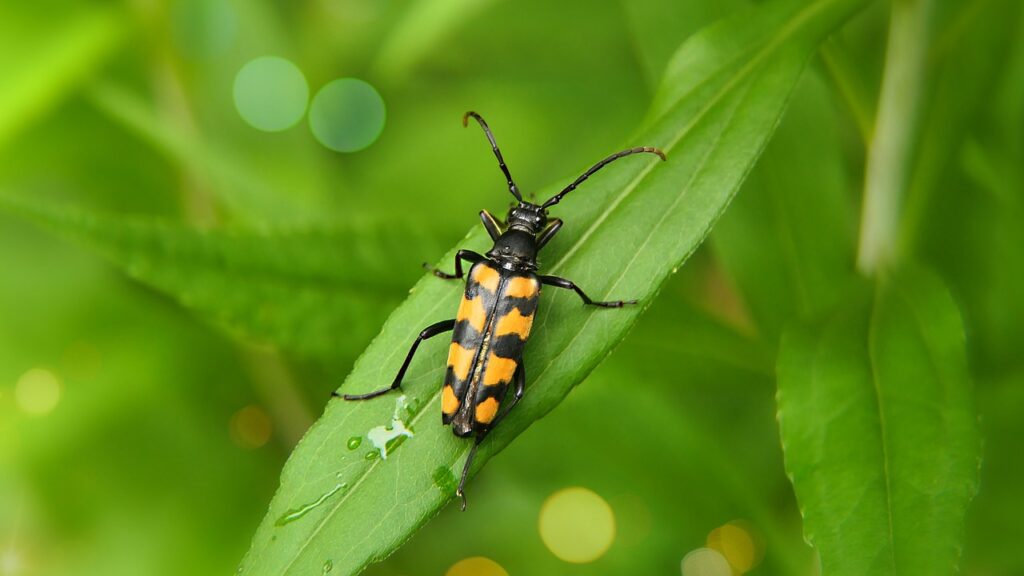
As the first insects to pollinate plants over 200 million years ago, beetles represent the largest order of insects and some of Earth’s earliest pollinators. These hardy insects were pollinating primitive flowering plants long before bees evolved, earning them the nickname “mess-and-soil pollinators” due to their less delicate approach compared to other insects. Beetles typically feed directly on flower parts, including pollen, and transfer it between blooms through their movements. Plants pollinated primarily by beetles often exhibit distinctive characteristics: strong fruity or spicy scents, bowl-shaped flowers with exposed sexual organs, and sometimes even heat-producing capabilities to attract these insects. Common beetle pollinators include soldier beetles, longhorn beetles, and scarab beetles, which collectively pollinate an impressive range of plants including magnolias, water lilies, and many tropical fruit trees.
Flies: The Underestimated Powerhouses

Despite their less-than-glamorous reputation, flies represent one of the most important pollinator groups, second only to bees in some ecosystems. These adaptable insects visit flowers for both nectar and pollen, with some species possessing specialized mouthparts for feeding on flower resources. Hover flies (Syrphidae) stand out as particularly effective pollinators, with adults visiting diverse flowers while their larvae often prey on aphids, providing dual benefits to gardeners and farmers. In colder regions like the Arctic and high mountains where bees are less common, flies become the dominant pollinators, ensuring plant reproduction continues in these harsh environments. Some plants have evolved fascinating adaptations to attract flies, including flowers that mimic rotting meat in appearance and smell, particularly in the case of carrion flies that typically breed in decaying matter.
Bats: The Tropical Night Gardeners

As the only flying mammals, bats play a crucial pollination role, especially in tropical and desert environments where they pollinate over 500 plant species including economically important crops like bananas, mangoes, and agave (used for tequila production). Nectar-feeding bats typically have elongated snouts and specialized long tongues that allow them to reach deep into flowers, emerging with faces dusted in pollen that they carry between blooms. Plants pollinated by bats have evolved distinct characteristics including night-blooming habits, strong musky odors, pale colors visible in darkness, and robust structures that can withstand the feeding activities of these larger pollinators. The Mexican long-nosed bat exemplifies these specialized relationships, with its annual migration timed precisely to the flowering of agave plants across its range. Beyond pollination, these remarkable mammals provide additional ecosystem services through seed dispersal and insect control.
Birds: The High-Energy Pollinators

With their exceptional visual acuity and high energy requirements, birds have developed specialized pollination relationships with many plant species, particularly in tropical and subtropical regions. Hummingbirds represent the most famous avian pollinators in the Americas, with their hovering flight, long bills, and brush-tipped tongues perfectly adapted for extracting nectar from tubular flowers. The sunbirds and honeyeaters fulfill similar ecological roles in Africa, Asia, and Australasia, while honeycreepers serve as important pollinators in Hawaii. Bird-pollinated flowers typically share distinctive features including bright red or orange coloration (as birds have excellent color vision), tubular shapes that match specific bill lengths, sturdy structures to support perching or hovering birds, and high-energy nectar production to fuel these active pollinators. Over 2,000 bird species worldwide contribute to pollination, helping maintain biodiversity in many sensitive ecosystems.
Lizards and Geckos: The Surprising Island Specialists

On isolated islands where insect pollinators may be less abundant, some reptiles have evolved to fill this ecological niche, particularly certain species of lizards and geckos. These opportunistic pollinators typically visit flowers for nectar or to hunt insects, inadvertently transferring pollen between blooms on their scales, skin, or faces. The New Zealand gecko provides a fascinating example, regularly consuming nectar and pollen from native plants and serving as an important pollinator in its island ecosystem. On islands in the Seychelles, day geckos have developed specialized relationships with certain plant species, visiting their flowers predictably throughout the day. Scientists have documented this phenomenon primarily on islands in the Pacific, Indian Ocean, and Caribbean, suggesting that geographic isolation plays a key role in the evolution of reptilian pollination systems.
Non-Flying Mammals: Unexpected Flower Visitors
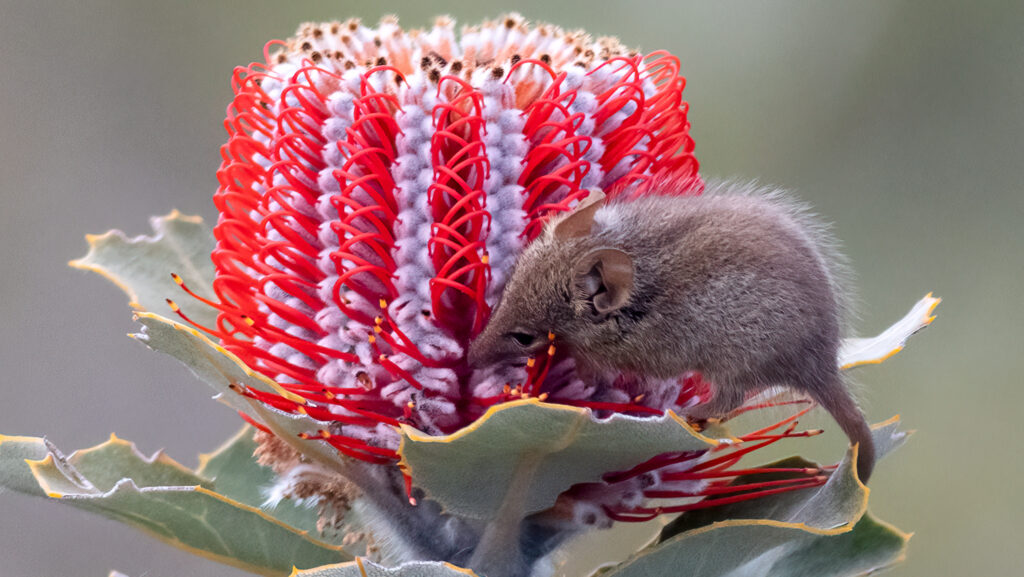
Beyond bats, several ground-dwelling and arboreal mammals contribute to pollination, including various rodents, marsupials, and primates. In South Africa, the Cape rock elephant shrew uses its long snout to collect nectar from protea flowers, transferring pollen between plants in the process. Australia’s honey possums have evolved to feed almost exclusively on nectar and pollen, with specialized brush-tipped tongues similar to those found in nectar-feeding birds. Even larger mammals like lemurs in Madagascar and kinkajous in Central and South America regularly visit flowers for nectar, collecting pollen on their fur as they feed. Plants pollinated by non-flying mammals often display distinct adaptations: robust structures, accessible flowers close to branches or the ground, and nectar production timed to mammalian activity patterns.
Wasps: The Specialized Specialists
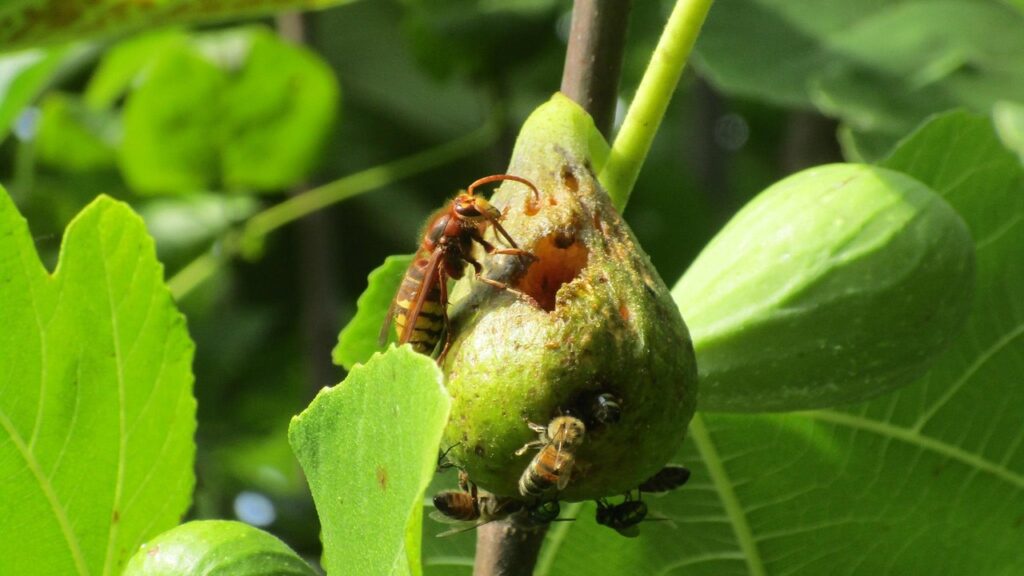
Though often overshadowed by their bee relatives, wasps contribute significantly to pollination, especially for certain plant species that have evolved specialized relationships with these insects. Fig wasps demonstrate perhaps the most extraordinary example, with nearly 1,000 species each pollinating a specific fig species in a relationship so interdependent that neither can survive without the other. Unlike bees, most wasps lack specialized pollen-collecting structures, but they still transfer pollen incidentally while visiting flowers for nectar or hunting prey. Some orchids have evolved to mimic the appearance and pheromones of female wasps, tricking males into attempting to mate with the flowers and ensuring pollination in the process. Research increasingly suggests that wasps may be particularly important pollinators in changing climate conditions, as many species tolerate higher temperatures than bees.
Ants: The Controversial Ground Crew

Traditionally considered poor pollinators due to antimicrobial secretions that can damage pollen, recent research suggests ants may play a more significant role in plant reproduction than previously understood. These abundant insects frequently visit flowers for nectar and can transfer viable pollen between blooms, particularly in low-growing plants or those in harsh environments where other pollinators are scarce. In alpine and arctic regions, ants provide reliable pollination services when flying insects are grounded by poor weather conditions. Some plants have evolved specific adaptations to facilitate ant pollination, including small, accessible flowers positioned close to stems where ants travel, and nectar compositions that don’t trigger the insects’ antibiotic secretions. The small winter ant in particular has been documented as an effective pollinator for several plant species in coastal habitats.
Thrips and Other Micro-Pollinators
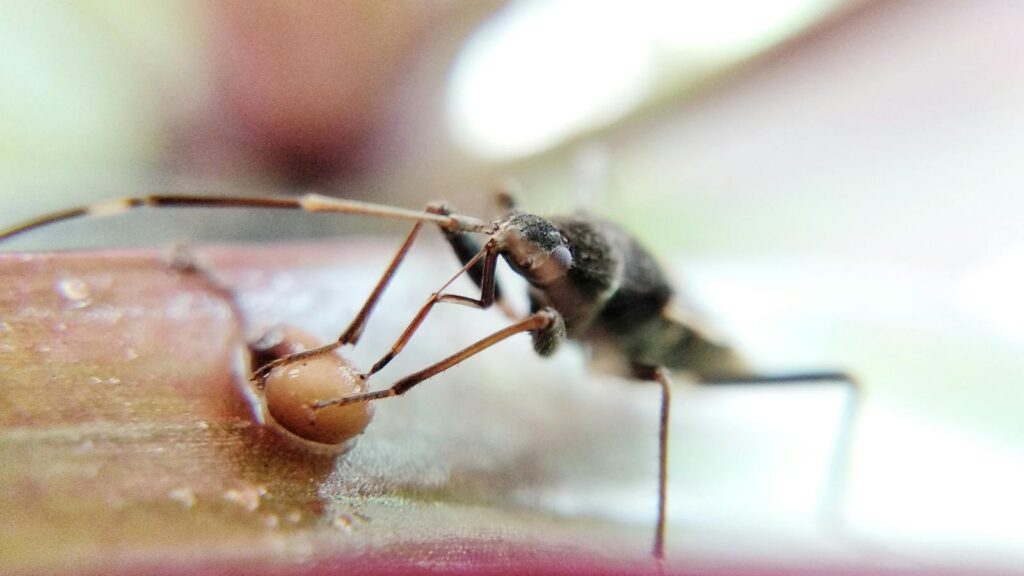
Some of the smallest insects on Earth contribute meaningfully to pollination, with thrips (Thysanoptera) representing the most significant group of these micro-pollinators. Measuring just 1-2mm in length, these tiny insects feed on pollen and nectar, transferring grains between flowers as they move. Their small size allows them to access minute flowers that larger pollinators ignore, making them especially important for certain plant families including Ericaceae (heather family) and some tropical fruit trees. Certain avocado varieties rely heavily on thrips for pollination, as do many wildflowers with tiny blooms. Other micro-pollinators include midges, which are critical for pollinating cacao trees (the source of chocolate), and certain small beetles that specialize in visiting miniature flowers. These diminutive pollinators often go unnoticed in pollination studies but collectively maintain reproduction for countless plant species worldwide.
Conservation Challenges and Solutions
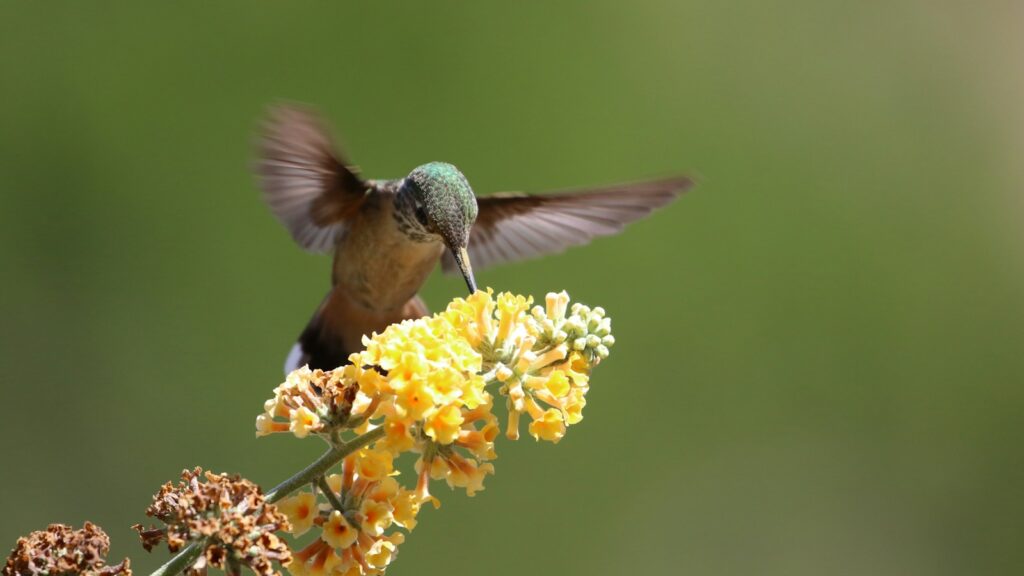
The diverse array of pollinators worldwide faces mounting threats from habitat loss, pesticide use, climate change, introduced species, and disease. Unlike managed honeybees, wild pollinator populations receive less monitoring and protection despite their critical ecological importance. Creating pollinator-friendly landscapes represents one of the most effective conservation strategies, incorporating native flowering plants that provide continuous blooming throughout growing seasons. Reducing pesticide use proves particularly important, as many chemicals toxic to pest species also harm beneficial pollinators through direct exposure or contaminated nectar and pollen. Conservation corridors that connect fragmented habitats allow pollinators to move between areas as seasons and climate conditions change, while public education programs help build awareness and support for these crucial creatures. Citizen science initiatives increasingly contribute valuable data on pollinator populations and behaviors, enabling researchers to track changes and develop targeted conservation measures.
Supporting Pollinator Diversity in Your Backyard
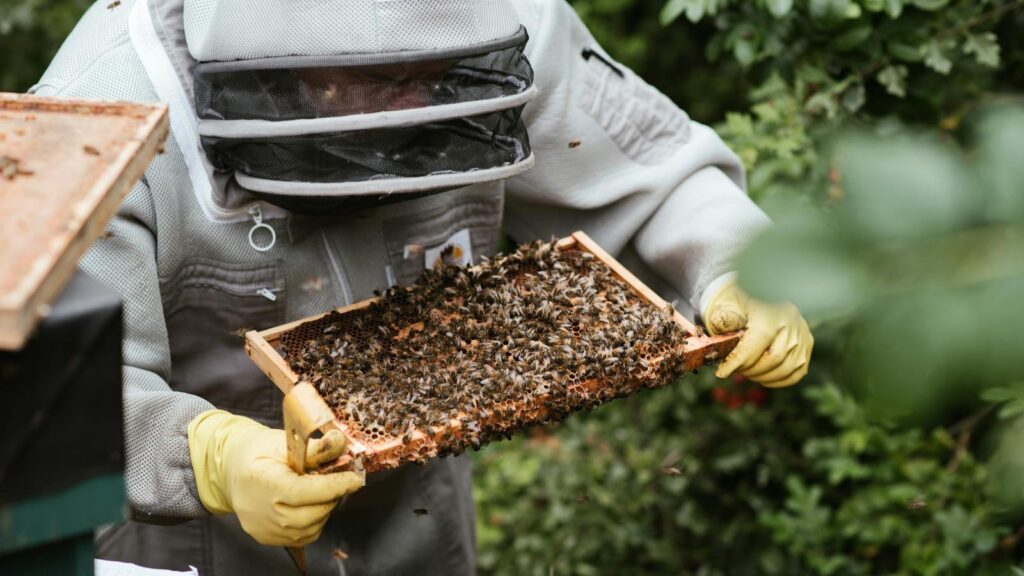
Individual actions can significantly support local pollinator communities, beginning with creating diverse plantings that provide food resources throughout the growing season. Native plant species typically offer the best nutritional resources for local pollinators, having co-evolved with these creatures over thousands of years. Beyond flowers, providing habitat elements like undisturbed soil for ground-nesting insects, hollow stems or “bee hotels” for cavity-nesters, and shallow water sources with landing spots can support different pollinator life stages. Eliminating or minimizing pesticide use represents perhaps the single most important step, as many common garden chemicals prove lethal to beneficial insects even at sublethal doses. Leaving some areas of the yard slightly “messy” with leaf litter, unmowed sections, or bare soil patches provides essential nesting and overwintering habitat for many pollinator species that never use the decorative “bee houses” commonly sold. Even small yards or balcony containers planted thoughtfully can create stepping-stone habitats that help pollinators navigate through otherwise inhospitable urban environments.
## The Future of Pollination
The intricate relationships between plants and their diverse pollinators represent millions of years of evolutionary partnerships that maintain Earth’s ecosystems and food webs. As we face unprecedented environmental challenges, preserving these ecological connections becomes increasingly critical for both biodiversity conservation and human food security. Beyond the familiar honeybee lies an extraordinary community of pollinating creatures – from tiny thrips to nectar-feeding bats – each playing specialized roles in plant reproduction across different habitats and conditions. By broadening our understanding and appreciation of these diverse pollinators, we develop more comprehensive conservation strategies that protect entire ecological systems rather than individual species. The future of our flowering planet depends not just on saving the honeybee, but on preserving the full spectrum of pollination relationships that have shaped our natural world.
